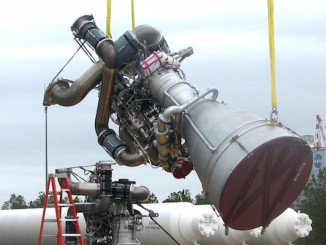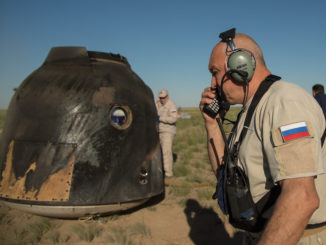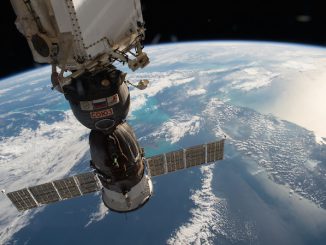STORY WRITTEN FOR CBS NEWS & USED WITH PERMISSION
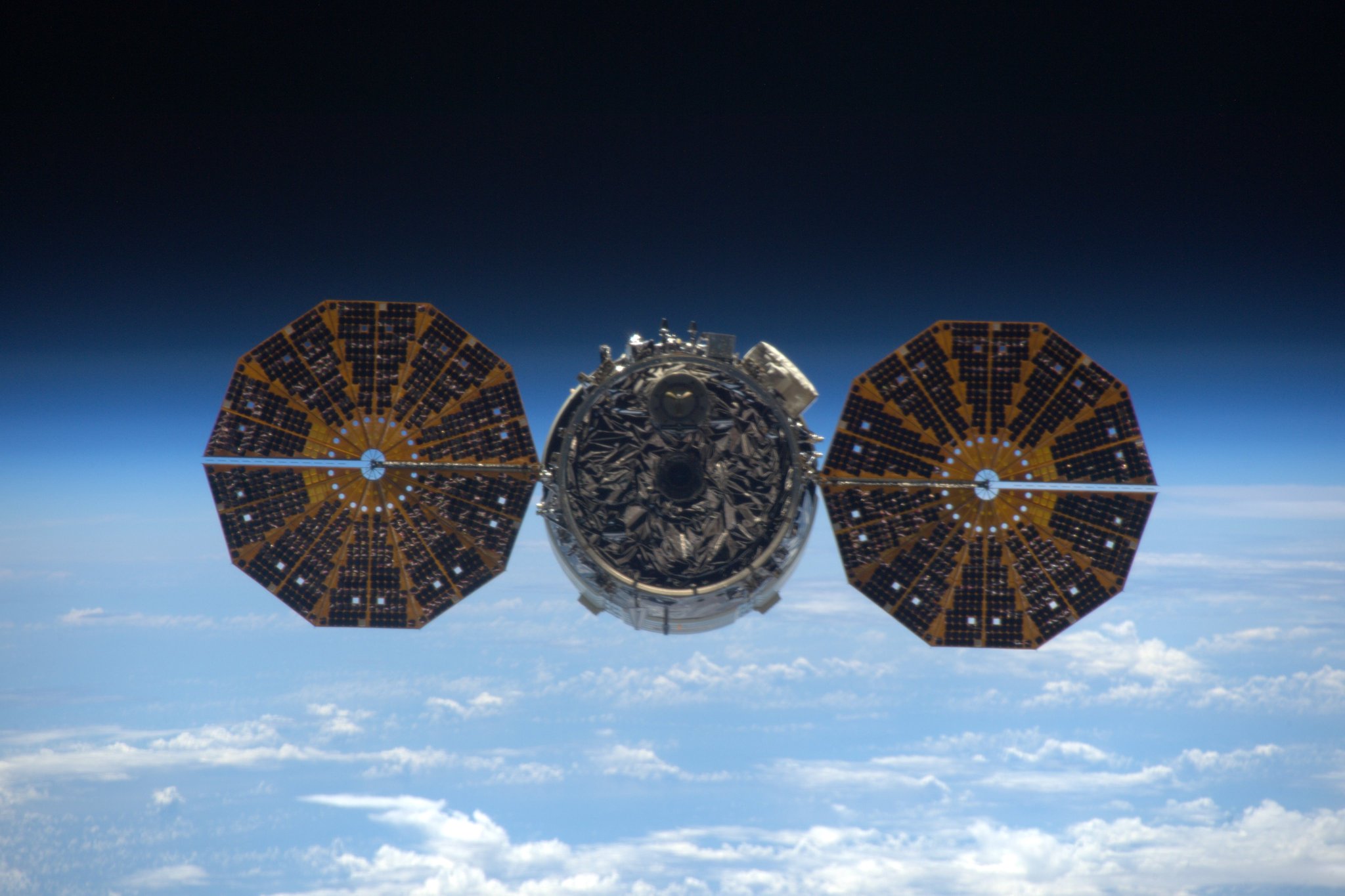
With one last task to carry out, a space station Cygnus cargo ship loaded with trash and no-longer-needed equipment fell back to Earth Wednesday, hitting the discernible atmosphere 60 miles or so above the Pacific Ocean at nearly 5 miles per second.
Based on past experience, the doomed supply ship was expected to quickly fall victim to the enormous temperatures generated by atmospheric friction, heating up, melting and breaking apart at an altitude of around 45 miles.
But as it transitioned from pristine spacecraft to blazing inferno, a heavily protected data recorder was programmed to collect readings from wireless sensors mounted throughout the vehicle.
Developed by the Aerospace Corporation, the re-entry breakup recorder, or REBR, was housed in a protective aeroshell designed to withstand the destruction of the host spacecraft. After falling on its own to an altitude of about 11 miles, the 19-pound device was expected to transmit stored temperature, pressure and orientation data back to scientists via the Iridium satellite telephone network.
Similar re-entry recorders also were mounted inside earlier space station cargo ships launched by the European Space Agency and Japan.
Data from three successful flights “indicate that main structural breakup occurs between 74-64 km (46 to 40 miles),” NASA said on its web site. “According to the data, major breakups occurred at lower altitudes than were expected from current models. Additional data will be required to explain the discrepancy with the models.”
The Orbital ATK Cygnus cargo ship was launched March 22 aboard a United Launch Alliance Atlas 5 rocket. Loaded with more than 3.6 tons of supplies and equipment, the spacecraft was attached to the International Space Station four days later.
After the station crew unloaded the cargo, the cargo ship was repacked with 4,087 pounds of trash and no-longer-needed equipment and released from the lab complex on June 14.
After releasing four of five small “cubesats” — one failed to deploy — and carrying out an on-board experiment to learn more about how fire propagates in weightlessness, the vehicle’s braking rocket fired at 8:44 a.m. EDT (GMT-4) Wednesday and the spacecraft fell back into the atmosphere at 9:22 a.m.
The primary goal of the re-entry breakup research is to learn more about how spacecraft come apart in the atmosphere to help engineers design vehicles that will do so in a more controlled fashion, minimizing the threat of debris hitting the ground in a populated area.
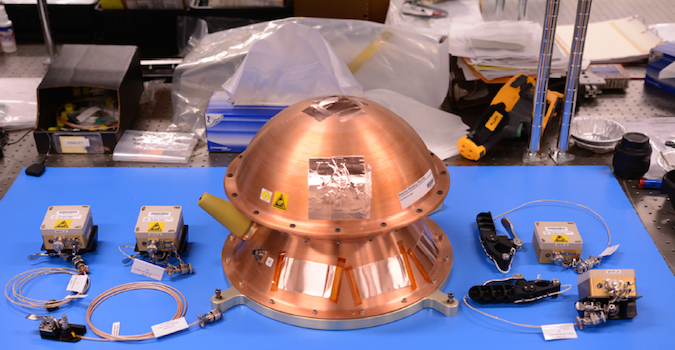
With the exception of the space shuttle Columbia, the Skylab space station and a few other notable examples, little debris is recovered from re-entering spacecraft. Space station cargo ships, for example, are sent back into the atmosphere over the ocean to prevent any chance of wreckage hitting the ground.
But large spacecraft occasionally make uncontrolled re-entries, posing a potential risk to the public.
“Basically, we have a number of large object re-entries, these objects come in randomly every year,” William Ailor, a REBR investigator at the Aerospace Corp., said in an earlier discussion on NASA television. “And these objects can be large enough to cause hazards on the ground. One reason we want to know why things break up is to know how to assess that hazard.
“If we can lower the hazard sufficiently for these large objects, they could be allowed to re-enter randomly. That reduces the cost substantially for spacecraft operators.”
The long-range goal is known as “design for demise,” Ailor said, “which means you could design a spacecraft with features in it so that it would come apart in controlled ways, hopefully eliminating the hazard on the ground.”
Break-up recorders also could evolve into “black boxes” similar to those carried on airplanes, providing valuable data in case of a catastrophic failure.

